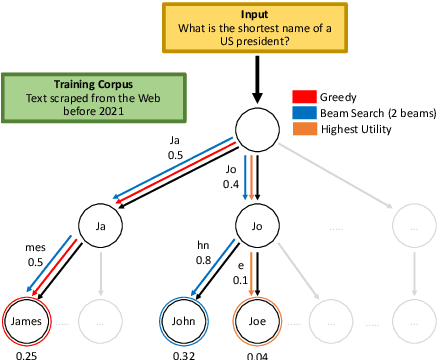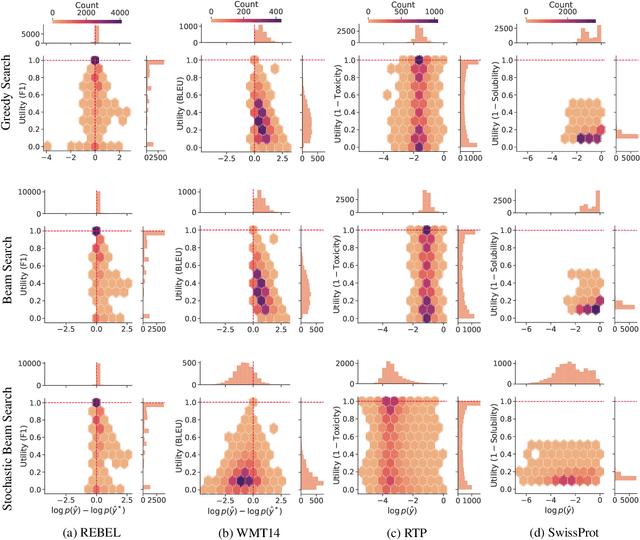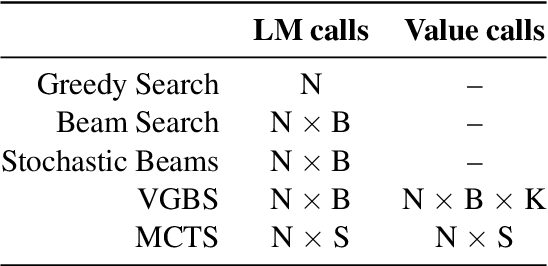Jiheng Wei
Flows: Building Blocks of Reasoning and Collaborating AI
Aug 02, 2023



Abstract:Recent advances in artificial intelligence (AI) have produced highly capable and controllable systems. This creates unprecedented opportunities for structured reasoning as well as collaboration among multiple AI systems and humans. To fully realize this potential, it is essential to develop a principled way of designing and studying such structured interactions. For this purpose, we introduce the conceptual framework of Flows: a systematic approach to modeling complex interactions. Flows are self-contained building blocks of computation, with an isolated state, communicating through a standardized message-based interface. This modular design allows Flows to be recursively composed into arbitrarily nested interactions, with a substantial reduction of complexity. Crucially, any interaction can be implemented using this framework, including prior work on AI--AI and human--AI interactions, prompt engineering schemes, and tool augmentation. We demonstrate the potential of Flows on the task of competitive coding, a challenging task on which even GPT-4 struggles. Our results suggest that structured reasoning and collaboration substantially improve generalization, with AI-only Flows adding +$21$ and human--AI Flows adding +$54$ absolute points in terms of solve rate. To support rapid and rigorous research, we introduce the aiFlows library. The library comes with a repository of Flows that can be easily used, extended, and composed into novel, more complex Flows. The aiFlows library is available at https://github.com/epfl-dlab/aiflows. Data and Flows for reproducing our experiments are available at https://github.com/epfl-dlab/cc_flows.
Language Model Decoding as Likelihood-Utility Alignment
Oct 13, 2022



Abstract:A critical component of a successful language generation pipeline is the decoding algorithm. However, the general principles that should guide the choice of decoding algorithm remain unclear. Previous works only compare decoding algorithms in narrow scenarios and their findings do not generalize across tasks. To better structure the discussion, we introduce a taxonomy that groups decoding strategies based on their implicit assumptions about how well the model's likelihood is aligned with the task-specific notion of utility. We argue that this taxonomy allows a broader view of the decoding problem and can lead to generalizable statements because it is grounded on the interplay between the decoding algorithms and the likelihood-utility misalignment. Specifically, by analyzing the correlation between the likelihood and the utility of predictions across a diverse set of tasks, we provide the first empirical evidence supporting the proposed taxonomy, and a set of principles to structure reasoning when choosing a decoding algorithm. Crucially, our analysis is the first one to relate likelihood-based decoding strategies with strategies that rely on external information such as value-guided methods and prompting, and covers the most diverse set of tasks up-to-date.
 Add to Chrome
Add to Chrome Add to Firefox
Add to Firefox Add to Edge
Add to Edge